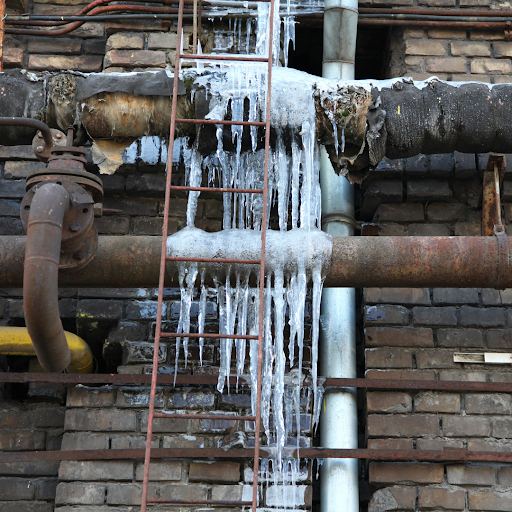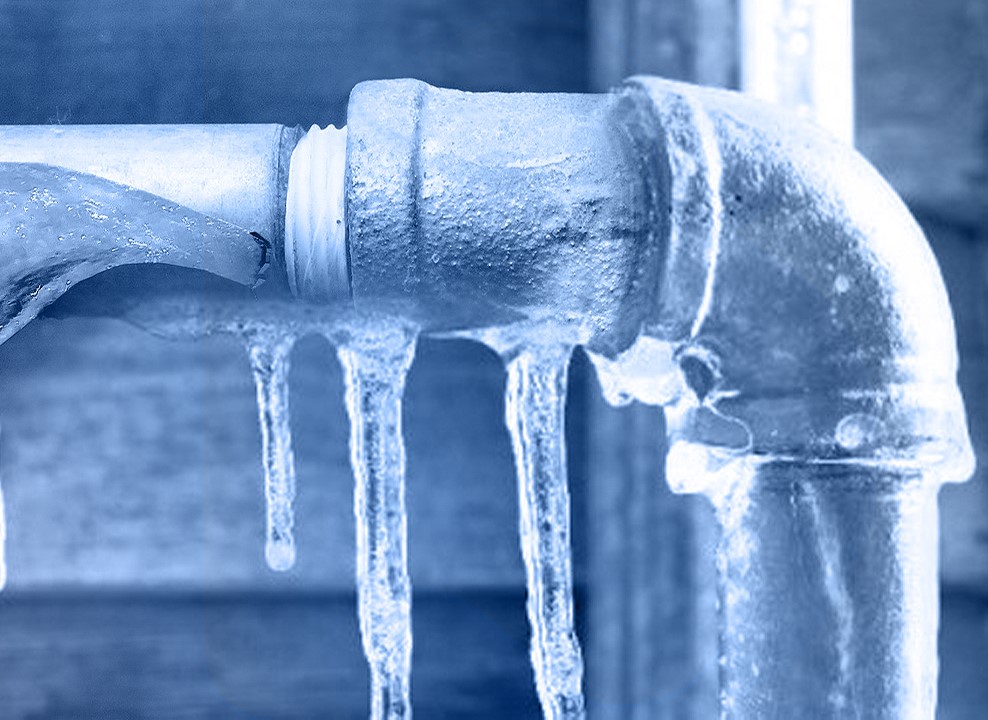Protecting Against Frozen Pipes in Cold Weather: Professional Strategies
Protecting Against Frozen Pipes in Cold Weather: Professional Strategies
Blog Article
We have found this article about Winter Plumbing Precautions: Preventing Frozen Pipes down the page on the net and think it made sense to discuss it with you on my blog.

Winter can ruin your plumbing, particularly by freezing pipes. Below's just how to stop it from occurring and what to do if it does.
Introduction
As temperature levels decrease, the risk of icy pipelines rises, potentially bring about costly fixings and water damage. Comprehending how to stop icy pipelines is essential for house owners in cool climates.
Understanding Frozen Pipelines
What triggers pipelines to freeze?
Pipelines ice up when subjected to temperatures listed below 32 ° F (0 ° C) for prolonged periods. As water inside the pipes ices up, it broadens, putting pressure on the pipeline walls and possibly triggering them to burst.
Dangers and problems
Icy pipelines can result in water disturbances, property damage, and expensive repair work. Ruptured pipelines can flooding homes and trigger considerable architectural damage.
Indications of Frozen Pipes
Identifying icy pipes early can stop them from breaking.
Exactly how to identify frozen pipelines
Search for reduced water flow from faucets, uncommon smells or noises from pipes, and noticeable frost on subjected pipes.
Avoidance Tips
Shielding at risk pipes
Wrap pipes in insulation sleeves or utilize warm tape to safeguard them from freezing temperature levels. Concentrate on pipelines in unheated or outside areas of the home.
Home heating strategies
Keep interior areas properly heated, especially locations with plumbing. Open closet doors to enable cozy air to circulate around pipes under sinks.
Securing Exterior Plumbing
Garden tubes and outside faucets
Disconnect and drain pipes garden tubes prior to winter. Mount frost-proof faucets or cover outdoor faucets with protected caps.
What to Do If Your Pipelines Freeze
Immediate activities to take
If you believe frozen pipes, maintain faucets available to soothe pressure as the ice thaws. Make use of a hairdryer or towels soaked in hot water to thaw pipelines slowly.
Long-Term Solutions
Architectural modifications
Consider rerouting pipelines far from outside walls or unheated locations. Add added insulation to attic rooms, basements, and crawl spaces.
Upgrading insulation
Invest in high-quality insulation for pipes, attic rooms, and wall surfaces. Appropriate insulation assists preserve regular temperature levels and lowers the danger of icy pipes.
Final thought
Preventing icy pipelines needs aggressive measures and quick responses. By recognizing the causes, indications, and preventive measures, property owners can safeguard their pipes throughout winter.
5 Ways to Prevent Frozen Pipes
Drain Outdoor Faucets and Disconnect Hoses
First, close the shut-off valve that controls the flow of water in the pipe to your outdoor faucet. Then, head outside to disconnect and drain your hose and open the outdoor faucet to allow the water to completely drain out of the line. Turn off the faucet when done. Finally, head back to the shut-off valve and drain the remaining water inside the pipe into a bucket or container. Additionally, if you have a home irrigation system, you should consider hiring an expert to clear the system of water each year.
Insulate Pipes
One of the best and most cost-effective methods for preventing frozen water pipes is to wrap your pipes with insulation. This is especially important for areas in your home that aren’t exposed to heat, such as an attic. We suggest using foam sleeves, which can typically be found at your local hardware store.
Keep Heat Running at 65
Your pipes are located inside your walls, and the temperature there is much colder than the rest of the house. To prevent your pipes from freezing, The Insurance Information Institute suggests that you keep your home heated to at least 65 degrees, even when traveling. You may want to invest in smart devices that can keep an eye on the temperature in your home while you’re away.
Leave Water Dripping
Moving water — even a small trickle — can prevent ice from forming inside your pipes. When freezing temps are imminent, start a drip of water from all faucets that serve exposed pipes. Leaving a few faucets running will also help relieve pressure inside the pipes and help prevent a rupture if the water inside freezes.
Open Cupboard Doors
Warm your kitchen and bathroom pipes by opening cupboards and vanities. You should also leave your interior doors ajar to help warm air circulate evenly throughout your home.

As a passionate person who reads about Preventing and dealing with frozen pipes, I figured sharing that post was worthwhile. Sharing is caring. Helping others is fun. Thank you so much for going through it.
See Availability Report this page